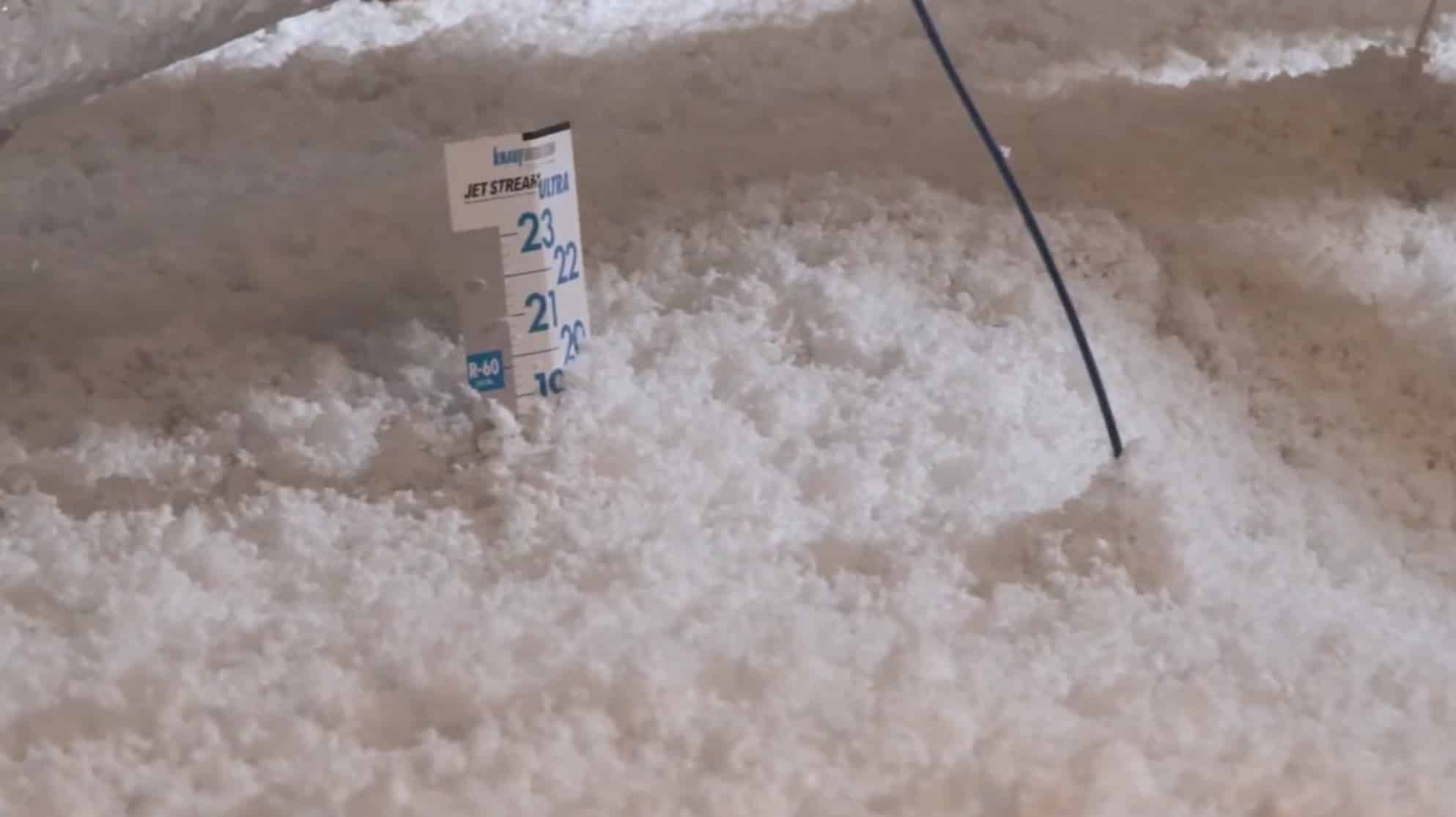Our Green Attics Diaries
Our Green Attics Diaries
Blog Article
The 7-Minute Rule for Green Attics
Table of Contents5 Easy Facts About Green Attics DescribedThe smart Trick of Green Attics That Nobody is Talking AboutThe Ultimate Guide To Green AtticsFascination About Green AtticsThe 25-Second Trick For Green AtticsThe Facts About Green Attics Revealed
Published by Service Champions Cooling BlogWhen you transform on your home heating, you want it to stay inside your home - Spray foam insulation. Powering up the heating triggers the warm to increase directly up into your attic. It's then up to your attic room insulation to do its work and obstruct the warm from escapingSo, it's noticeable that you require to spend your time and money right into insulating your home, yet what attic room insulators are out there for you to pick from? Which attic insulation is best? And what are the potential threats of each of them? This write-up will certainly describe the 4 types of attic insulation you can choose from, plus study the pros and disadvantages of each.

The Ultimate Guide To Green Attics
Batts are large, rolled up sheets of product which are fused with each other with a chemical vapor. This vapor serves as an adhesive. Why is fiberglass batt insulation so popular? It's numerous benefits include: Overall, fiberglass is substantially green. The fiberglass itself is developed from sand which is after that become glass, which counts as a renewable power resource.
Fiberglass batt insulation hardly ever shrinks or falls down. This is due to the air pockets that take place in manufacturing. Fiberglass batt insulation is likewise soundproof, assisting lower external noises and keep inner sound inside the building.

Not known Details About Green Attics
If moisture is taken in by the fiberglass batt insulation, it can breed hazardous mold and mildew. Rats and various other unwanted guests like fiberglass batt insulation, and frequently make it their home.
When utilizing the blown-in approach, it loads the attic better, ensuring it's air-tight. Therefore, it fills any type of splits or gaps, also in awkward areas. This lowers the quantity of warm air escaping and cold air entering. It additionally catches audio. The blown-in circulation technique is much quicker. It takes a matter of hours to get your attic insulation up and running.
It needs much more upkeep than various other kinds of attic insulation on our listing. Needs to the insulation obtain damp, getting rid of the insulation isn't as very easy as removing fiberglass batts.
This attic insulation is additionally blown-in using go to the website a blowing machine, nevertheless the product made use of is different. Boric acid and other substances are applied to flame-proof the attic room insulation.
Green Attics - Questions
(https://businesslistingplus.com/profile/greenatt1cs/)
Is blown-in cellulose insulation worth it? Below's what it can offer your household: Generally, blown-in cellulose is much better for the world. With cellulose being made from purely recycled material, there's no need to create new product. Reusing this is environmentally friendly. The boric acid and various other compounds help to fire evidence the insulation and slow the spread of fires.
Blown-in cellulose insulation has an R-Value that is 23 percent more than fiberglass batts. Cellulose likewise helps in reducing wind-washing. What are the disadvantages of installing blown-in cellulose insulation in your attic? Here are the negative aspects: Cellulose is green, nonetheless the additional compounds that are included are not. Boron is needed to create boric acid, and the mining procedure that mines boron is harmful to the atmosphere.
Cellulose also does not blend well with liquid. Ought to it end up being moist, mold can grow quickly and spiral out of hand. Fixing this circumstance can be labor and time extensive, as you'll need to grab the insulation bit by little bit, instead than in one roll. The final kind of attic insulation is spray foam insulation.
Some Known Details About Green Attics
Unlike all the other kinds of attic room insulation, spray foam insulation is the only type to come as a fluid. After being splashed, it enlarges and expands, and after that sets as a resilient foam. This foam slides nicely right into any kind of voids, securing airtight, and cuts off any escape courses for your heating.
Finally, what are the downsides of spray foam insulation?: The upfront payment for spray foam insulation is greater than the various other kinds of attic room insulation on our checklist. However, it's worth considering that, due to high degrees of power performance, it'll likely balance out or also come to be more affordable in the long-run to maintain your home warm.

The 5-Minute Rule for Green Attics
Excellent care needs to be taken around the foam, and you'll need to put on safety glasses, a mask, and a respirator. With 4 types of attic room insulation and their pros and cons, you're currently able to make a notified decision, recognizing the advantages and disadvantages to each. That's why I can state with confidence that the finest way to shield my attic room is with affordable cellulose or fiberglass insulation used over an airtight attic flooring.
Report this page